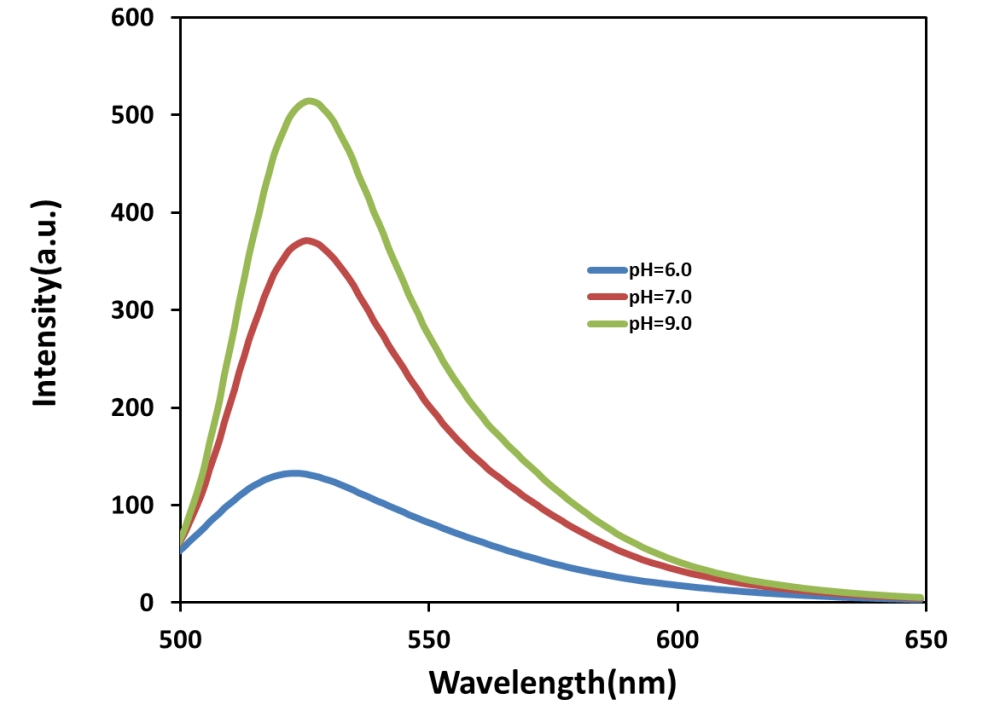RatioWorks™ BCFL Acid *Superior replacement for BCECF*
Catalogue Number: 21189-AAT
| Manufacturer: | AAT Bioquest |
| Shelf Life: | 12 months |
| Type: | Cell Stains and Indicators |
| Shipping Condition: | RT |
| Unit(s): | 1 mg |
Description
Description: Intracellular pH plays an important modulating role in many cellular events, including cell growth, calcium regulation, enzymatic activity, receptor-mediated signal transduction, ion transport, endocytosis, chemotaxis, cell adhesion and other cellular processes. pH-sensitive fluorescent dyes have been widely applied to monitor changes in intracellular pH in recent years. Imaging techniques that use fluorescent pH indicators also allow researchers to investigate these processes with much greater spatial resolution and sampling density that can be achieved using other technologies such as microelectrode. Among them, 2',7'-bis-(2-carboxyethyl)-5-(and-6)-carboxyfluorescein (BCECF) is the most popular pH probe since it can be used to monitor cellular pH ratiometrically. However, all the commercial BCECF AM is a complex mixture of at least three isomers with different ratios from batch to batch, complicating the BCECF applications. BCFL is developed to overcome this isomer difficulty associated with BCECF AM. As BCECF, BCFL exhibits a pH-dependent dual excitation, essentially identical to BCECF. It has pKa of ~7.0, identical to BCECF too. As with BCECF, the dual excitation spectrum of BCFL with an isosbestic point at 454 nm should make BCFL a good excitation-ratiometrie pH indicator. BCFL ratiometric imaging makes intracellular pH determination essentially independent of several variable factors, including dye concentration, path length, cellular leakage and photobleaching rate. BCFL, AM is a single isomer, making the pH measurement much more reproducible than the BCECF, AM, which is consisted of quite a few different isomers. This BCFL is the esterase-hydrolyzed product of BCFL AM that can be used a reference standard with BCFL AM.
Additional Text
Storage Note
Freeze (< -15 °C); Minimize light exposure;|12 months

